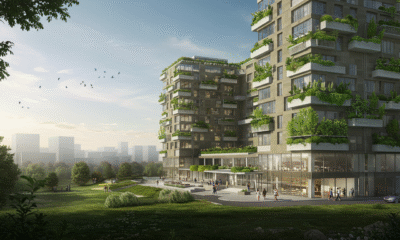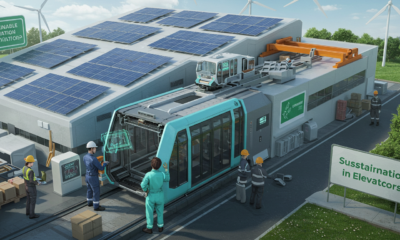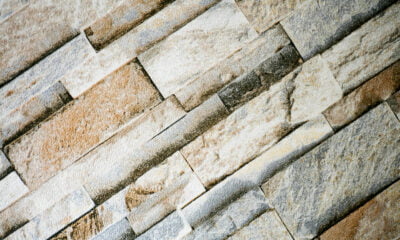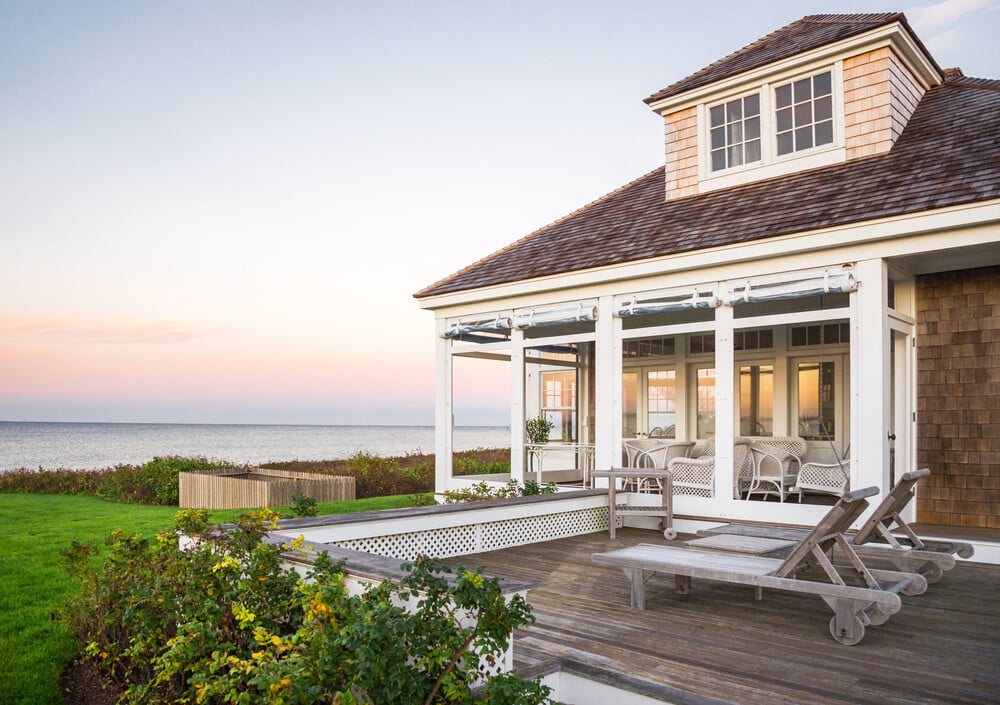
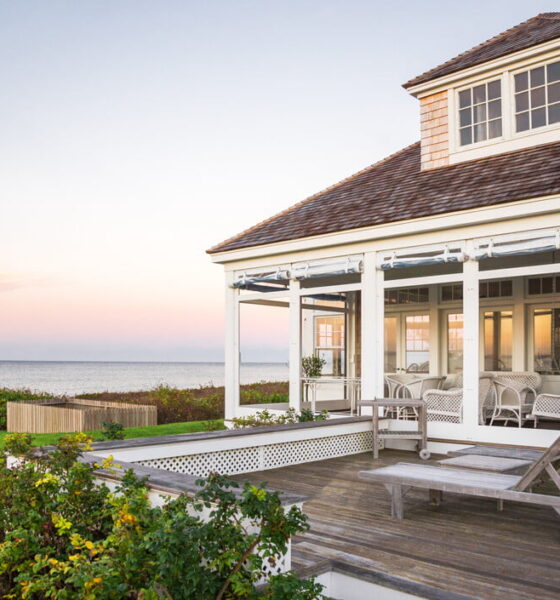
Environment
5 Simple Ways to Make Your Beach House Environmentally Sustainable
What’s the house of your dreams? If you’re like most people, your answer is going to be a lavish house in a beach town that offers stunning views of the waves. Whether you intend to permanently live there or use it as a second home to escape the harsh winters, building a beach house is one of the wisest life decisions you’ll ever make.
There are plenty of ways to try to make your beach house more sustainable. The right design can reduce your carbon footprint by 20-30%.
You could try to build an eco-friendly home from scratch, but that won’t solve the problem altogether. But it’s important to remember that any form of construction in a beach town could disrupt its natural ecosystem. Irrespective of whether you’re building a minimalist one-bedroom apartment or an opulent villa, chances are you’re going to end up displacing the flora and fauna.
Also, maintaining your beach house can be challenging. This is because the extreme humidity and salt-laden coastal winds could corrode the exterior. Also, you’ll need to ensure that it can withstand extreme weather conditions, including heavy rain and storms.
The good news is that building a long-lasting and eco-friendly house on the coast isn’t rocket science. Simple design improvements, including the construction materials and paint you use, can go a long way to minimize its ecological impact.
In this blog, we’ll discuss a few simple tips to help you ensure that your beach house is environmentally sustainable. Let’s get started.
1. Design with Care
First things first – you need to ensure that any construction activity doesn’t adversely affect the natural habitat of the region’s flora and fauna. Start by choosing an architect who specializes in planning environmentally friendly homes.
A simple way of ensuring that your house harmoniously blends with the surroundings is to accommodate the landscape in the design. For instance, if the area where you’re building the house has plenty of trees, work with your architect to create a floorplan that preserves the natural greenery.
Instead of uprooting the trees for the construction, find a way to utilize them to shield your home from extreme winds and the sun. It’s also a good idea to ensure that the house has a smaller footprint. This will minimize the impact on the region’s biodiversity. You can always add another story to the house if you want to expand it in the future.
Likewise, installing glazed windows and doors can naturally keep the interiors cooler while letting you cherish unhindered views of the sea. Also, it’s a good idea to use eco-friendly building and insulation materials.
2. Focus on Energy Savings
The benefit of building a house near the beach is that you’ll have access to plenty of renewable energy sources. Depending on its location, your house will likely receive plenty of bright sunlight and strong winds. Thus, one of the easiest strategies to make your house eco-friendly is to harness these natural resources.
From installing a residential wind turbine near the house to placing solar panels on the roof – there’s a lot you can do to reduce the grid energy consumption. Take things up a notch by using sensor-based lighting systems that’ll automatically turn off when not in use.
3. Utilize Timber
Timber isn’t just great for giving your home a rustic and earthy exterior. It’s a natural resource and can withstand salt corrosion and strong winds. Also, it traps carbon dioxide, thus reducing your home’s environmental impact.
From exterior cladding and decking to frames and other structures – there are various ways to use timber for your home’s construction. Make sure you use a type of timber, such as cedar, that’s resistant to pests and moisture.
4. Choose the Right Paint
Irrespective of the building materials you use, you’ll have to coat the exterior with high-quality paint to protect it from adverse weather, humidity, and corrosion. The more superior the paint, the longer it’s going to last, eliminating the need for annual re-painting.
The type of paint you’ll need depending on the external cladding material. For instance, if you’re using cement or lime render, masonry paint from Promain, one of the largest paint distributors in the U.K., is a great choice.
You can further reduce the environmental impact by opting for eco-friendly or low VOC paint. This type of paint releases a minimal amount of volatile organic compounds (VOCs) in the environment. This, in turn, makes it more environmentally sustainable, as well as better for your health.
5. Don’t Waste the Rainwater
If you’re living in a coastal region, you should be prepared to deal with frequent and heavy rainfall. But letting the rainwater flow down the roof and gush into the neighborhood isn’t ideal. Instead, you can install a rainwater harvesting system to collect and store the water. You can use the water for various purposes, including gardening and washing.
Have you used any other strategies to make your home more eco-friendly? Share your suggestions in the comments section below.

